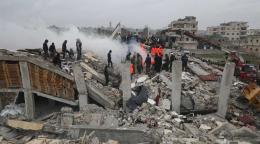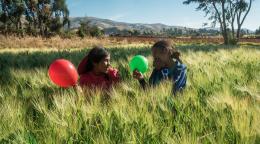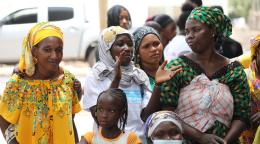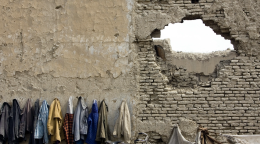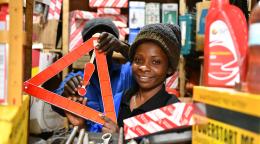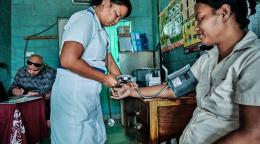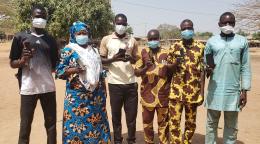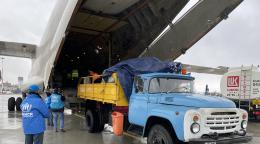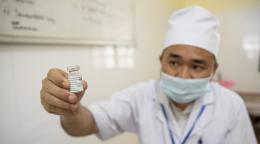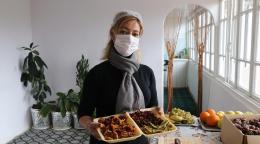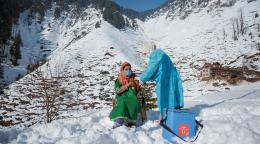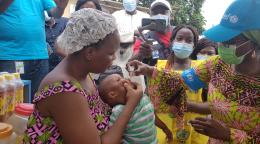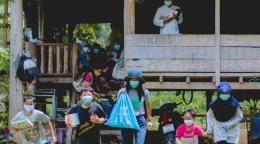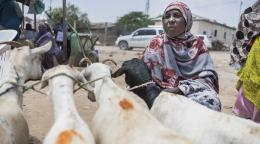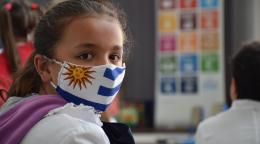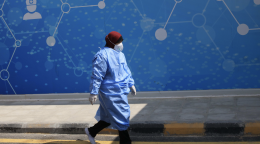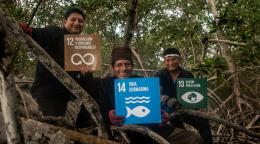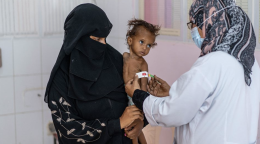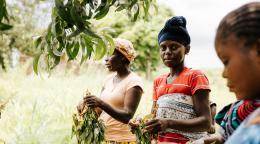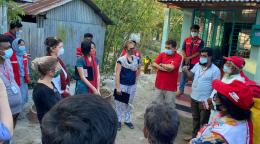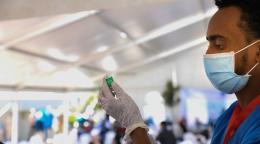COVID-19 through the eyes of a healthcare worker in Yemen
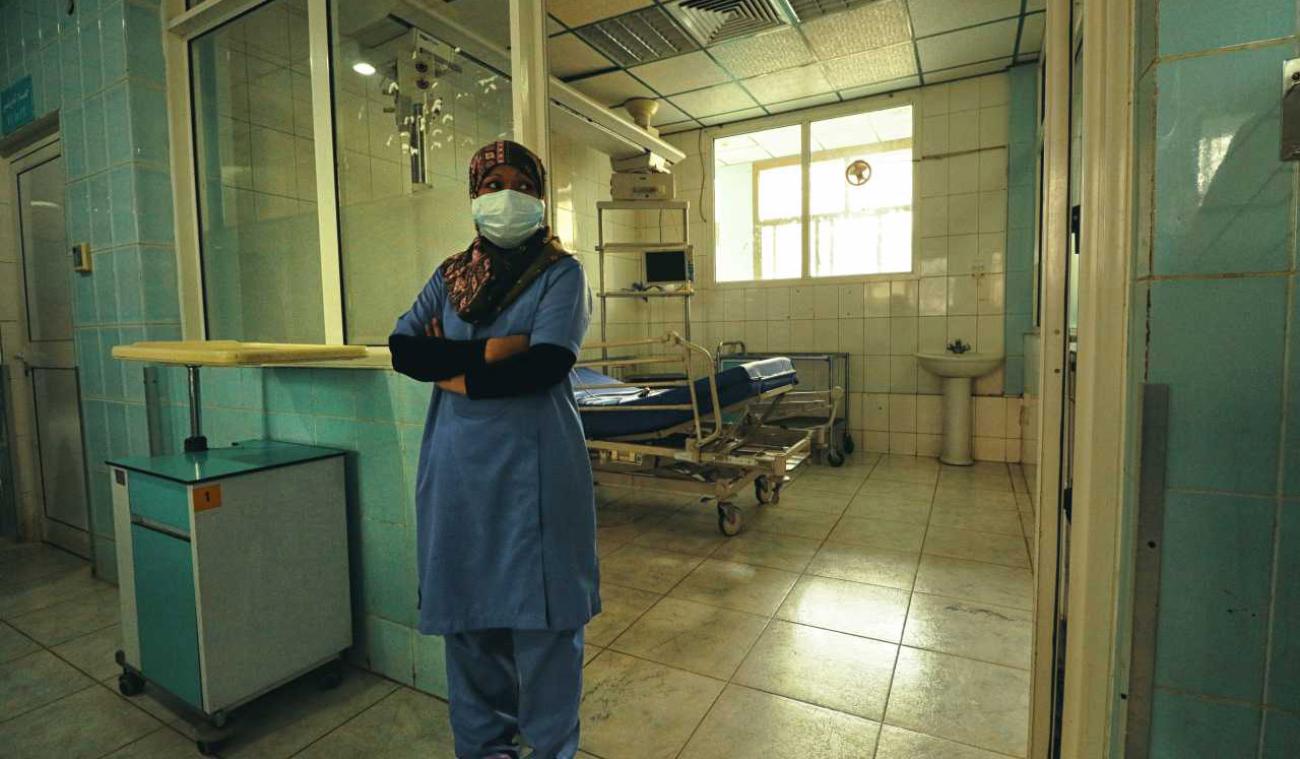
Just months after the start of the conflict, a mass exodus of healthcare professionals occurred in Yemen. Doctors, midwives, nurses and surgeons fled to other countries seeking safety, and the communities formed worldwide are now known as the “Yemeni diaspora”.
Despite this, a large group of healthcare workers stayed behind, dealing with a plethora of outbreaks, emergencies and injuries. They are the backbone of Yemen’s health system, the unsung heroes in this war.
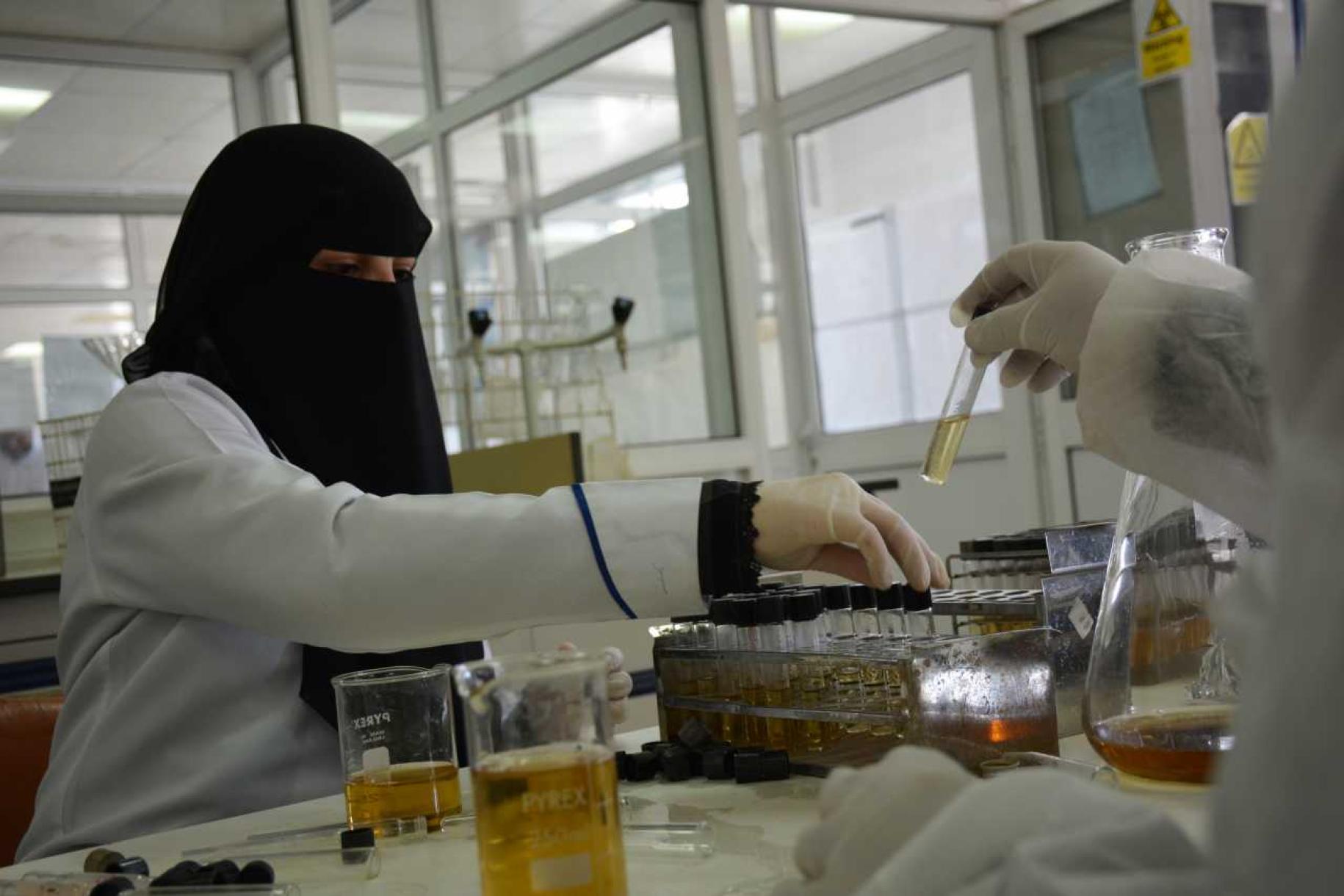
We want to help, but we also need to be protected
Located in private and public hospitals across the country and even on the front lines, these healthcare workers are used to dealing with threats that they can see, touch and feel. The introduction of COVID-19, however, has struck a fear in them, one that they have never before experienced.
“As a nurse, I want to help and treat patients. I can see a gunshot wound or shrapnel injury, but I can’t see this. Even if I want to treat, how can I do that without personal protective equipment (PPE)? My focus would shift from the patient to worrying about if I will get infected,” said Irene Versoza, a nurse at the University of Science and Technology Hospital in Sana’a.
There is currently a global shortage of PPE, and Yemen is having to bid alongside countries that have more cases and more funding. The case numbers and deaths announced in Yemen are not enough to deem the country’s outbreak a ‘priority’ among global suppliers.
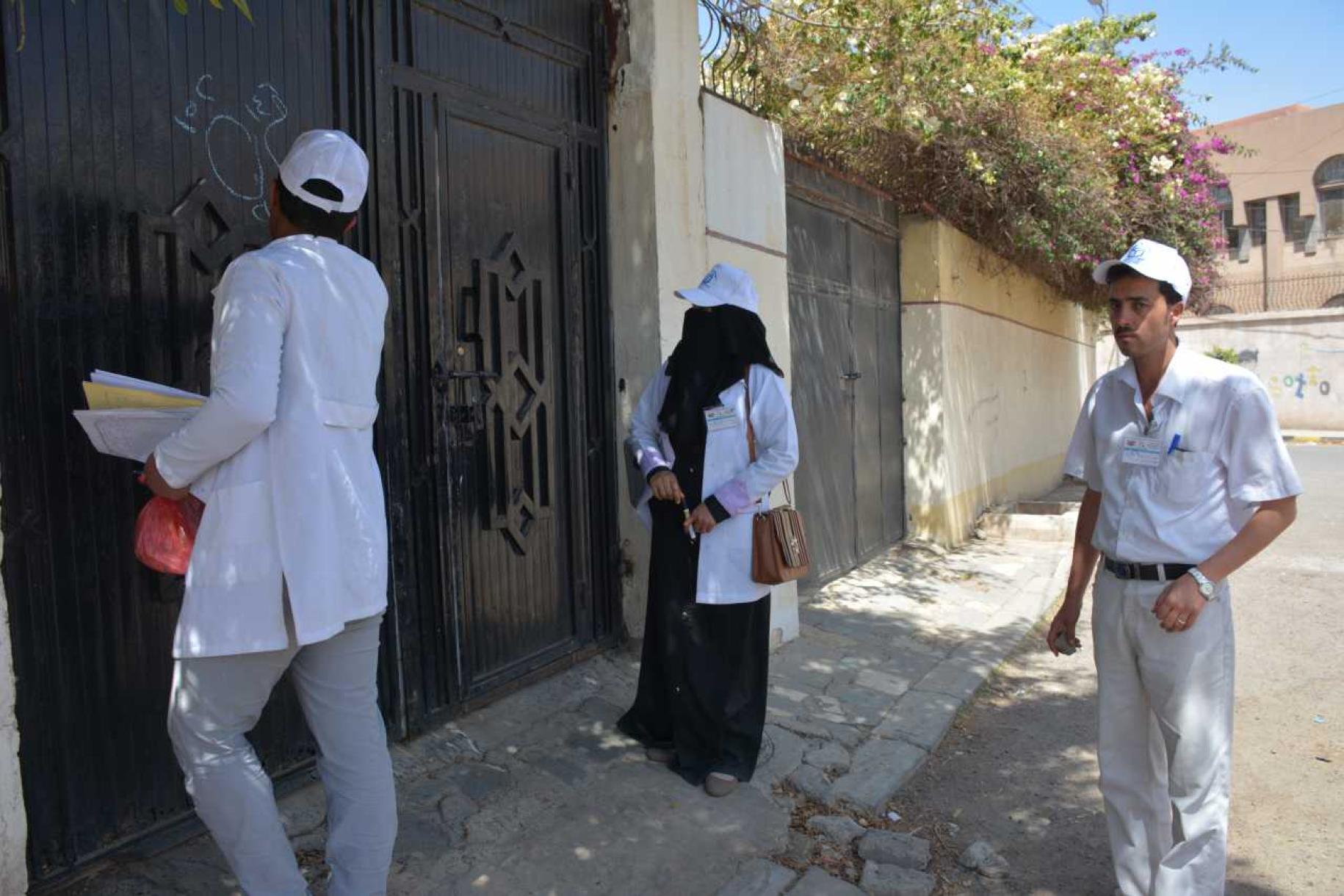
We are doing the best we can with what we have
PPE is not the only thing Yemen requires at this stage, but almost 90 per cent of urgent COVID-19 items come from global and local suppliers. Available resources thus far include 38 COVID-19 isolation units, 4 laboratories with testing capacity, 6,700 testing kits, more than 220,000 pieces of PPE, 154 ventilators and 520 intensive care unit (ICU) beds. However, these are not enough to meet the demand.
The latest projections reveal that in a best-case scenario, there is a strong probability that an estimated 16 million people will be infected, which is more than half of the country’s population.
“There is a shortage of masks, and we use one mask per week. When I go home, I disinfect my mask to be able to use it the next day,” said Ms. Versoza.
The reality of the disease is stark and present in these hospitals – arriving patients are hesitant to say they are having difficulty breathing for fear they will be taken away from their families into isolation centres.
“I am willing to treat patients, but I need to feel safe, too. Right now, prayer is the only protection I have,” Ms. Versoza said.
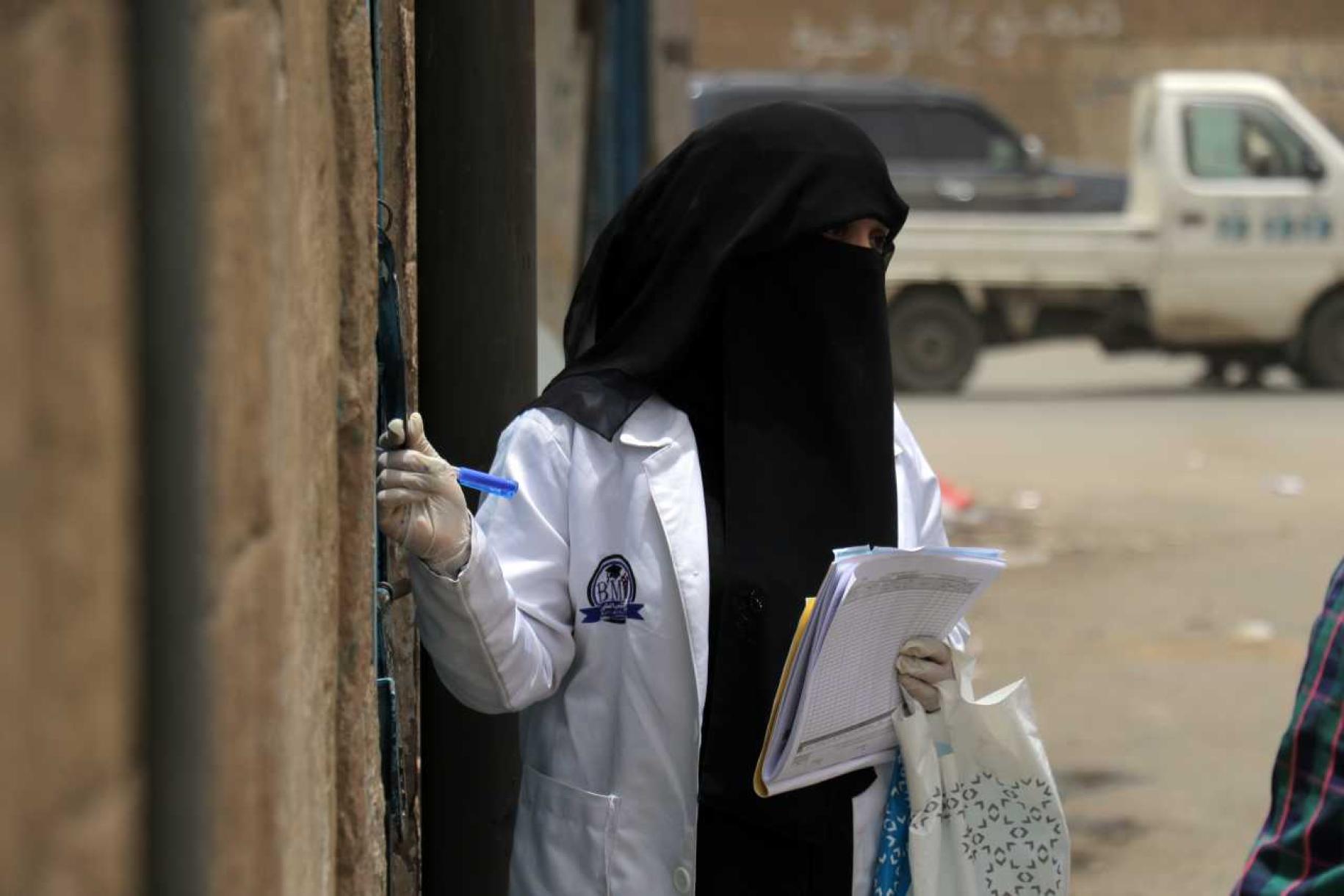
As the virus continues to circulate unmitigated, the Humanitarian Task Force in Yemen, led by the UN, is operating under the assumption that full-blown community transmission is happening. The push to get supplies in, especially PPE, is a priority, with the World Health Organization (WHO) and the World Food Programme (WFP)-led logistics cluster checking on the fastest routes by land, sea and air.
“We know it’s not enough, but we are doing the best we can with what we have. People are working day and night to get these supplies to Yemen. It may not cover everything, but at the very least it gives us a fighting chance,” said Aidan O’Leary, OCHA Head of Office in Yemen.
Produced by OCHA. To read the originally published article on OCHA's website, please click here.
